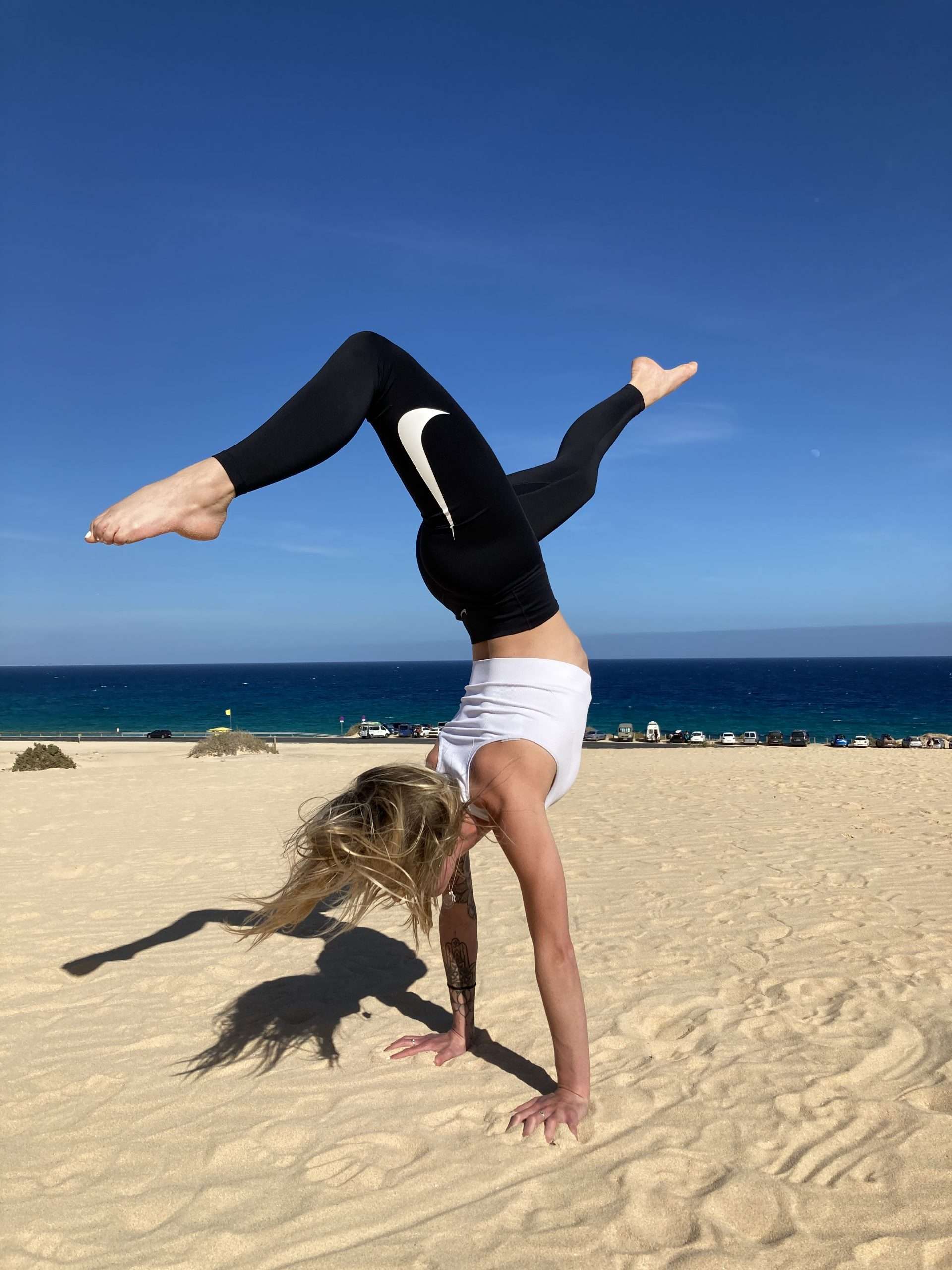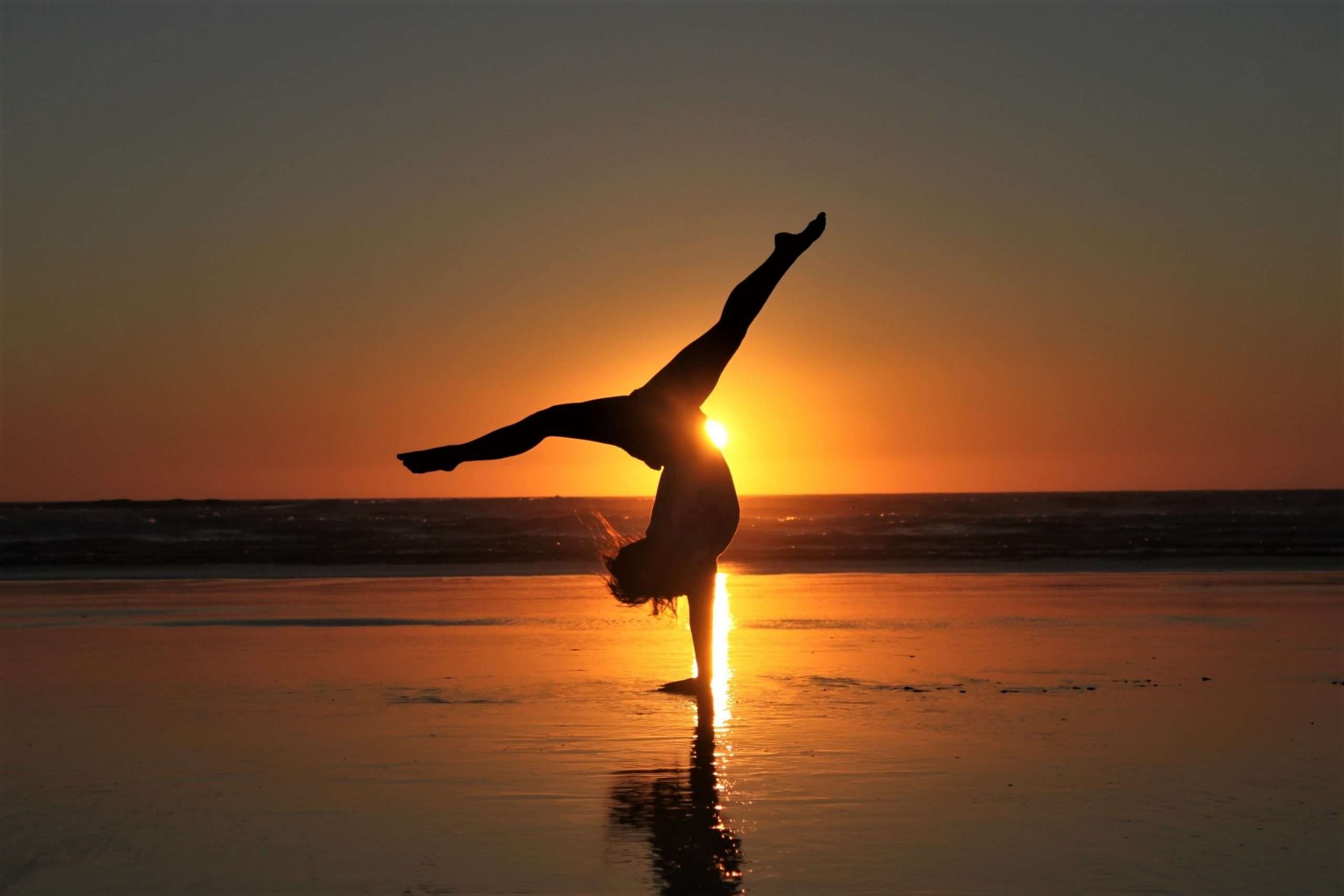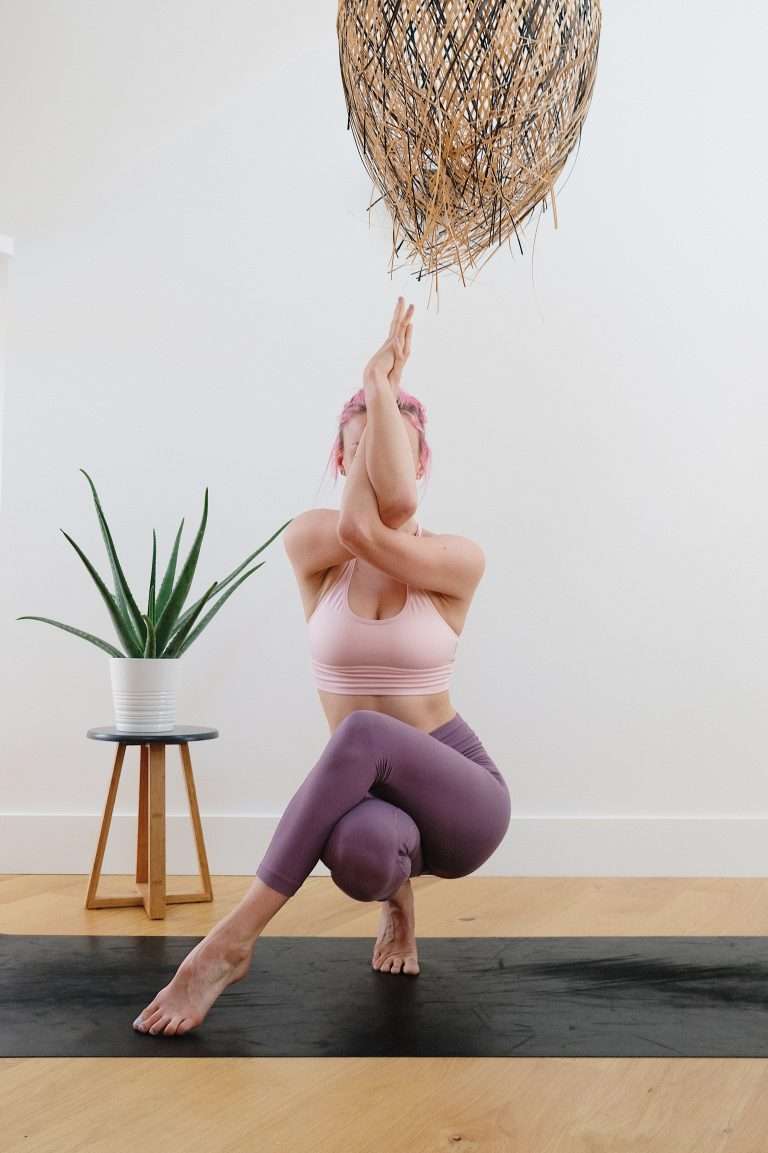Sequencing Yoga: 5 Common Mistakes to Avoid
Sequencing yoga can be tricky business – I get that! Maybe you’re a perfectionist like me, who wants to get every class 1000% right. Often, this can lead to overthinking, overplanning, and generally overcomplicating the process for you – and for your students!
Especially as a new Vinyasa teacher, you might struggle to plan a class that flows well, is safe, and engages your students. However, even experienced teachers can fall into some common sequencing pitfalls. In this article, we’ll explore the 5 most common mistakes that yoga teachers make when sequencing their classes, and provide you with tips and tricks to avoid them.
Don’t forget to download your free Vinyasa Yoga Sequencing Workbook, so you can create unique flows in 5 simple steps.
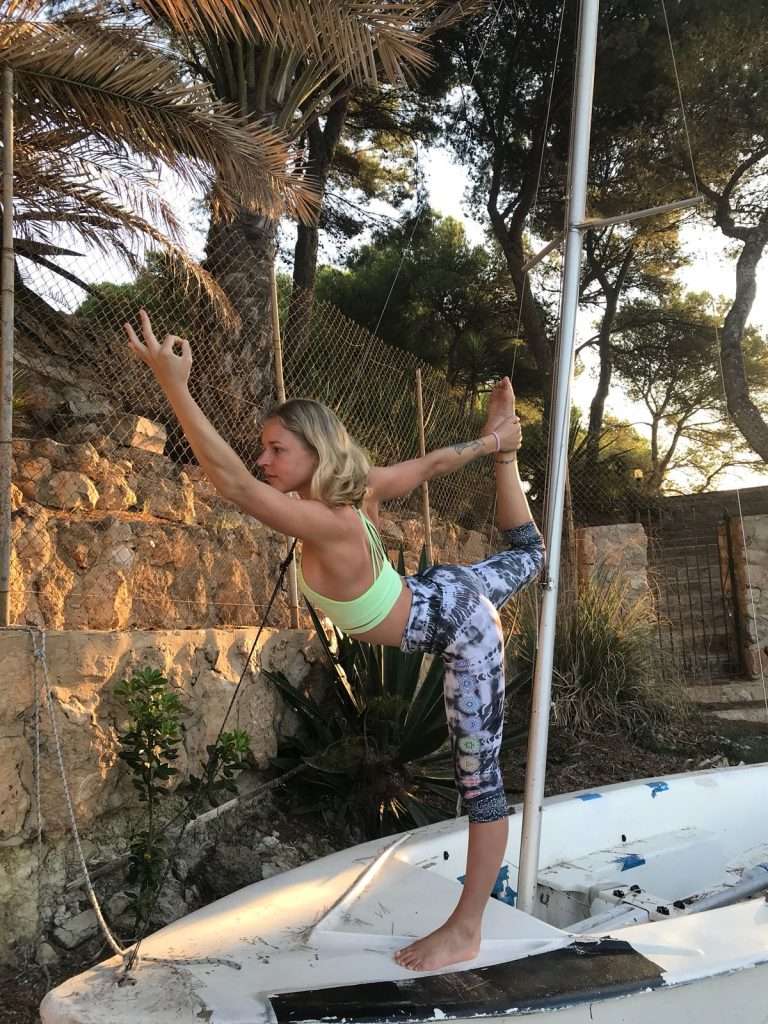
So, let’s look at five common mistakes to avoid, when it comes to sequencing yoga classes.
Mistake #1: Overcomplicating the Sequence
I have been guilty of this one for sure! One of the most common mistakes that yoga teachers make when sequencing their classes is overcomplicating the sequence. It’s easy to get caught up in the desire to offer your students a challenging and exciting practice, but it’s important to remember that not all students may be at the same level or have the same experience.
Remember also, that your practice is probably very different from your students’ practice. What might feel straightforward in your practice, could be very different when trying to teach it in a class and cue it correctly.
Therefore: Keep it as simple and sweet as possible without losing the necessary build up and foundation. Focus on one key theme, aspect, or pose for the class and avoid getting distracted by adding sequences or flows that do not add direct value to that focus.
Always bear in mind what type and level of students you are planning the sequence for. You can always offer variations or modifications – see below.
Mistake #2: Not Offering Modifications
Another common mistake is not offering modifications for different levels of students. It’s important to make sure that your sequencing is accessible to everyone in your class, regardless of their experience level or physical abilities.
Offer modifications and variations for each pose so that students can find a version of the pose that works for them. Make sure to cue modifications throughout the class, and encourage students to listen to their bodies and make adjustments as needed.
This aspect applies for variations and modifications that might be simpler and more accessible, but you can always offer variations or modifications to make the practice more challenging for experienced students, too.
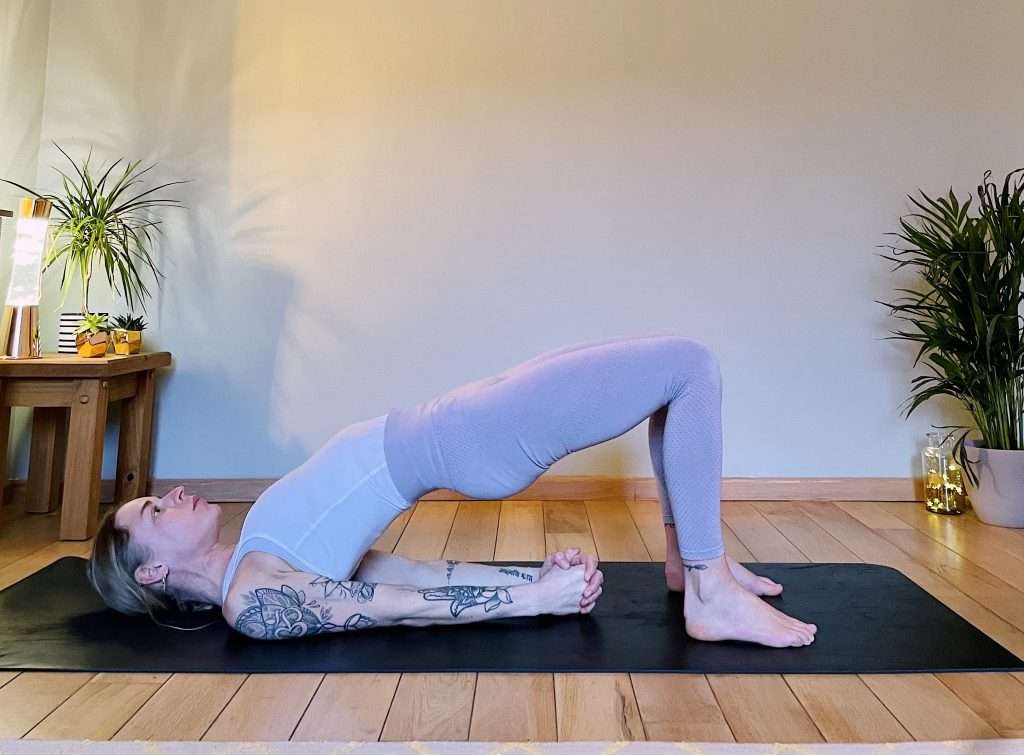
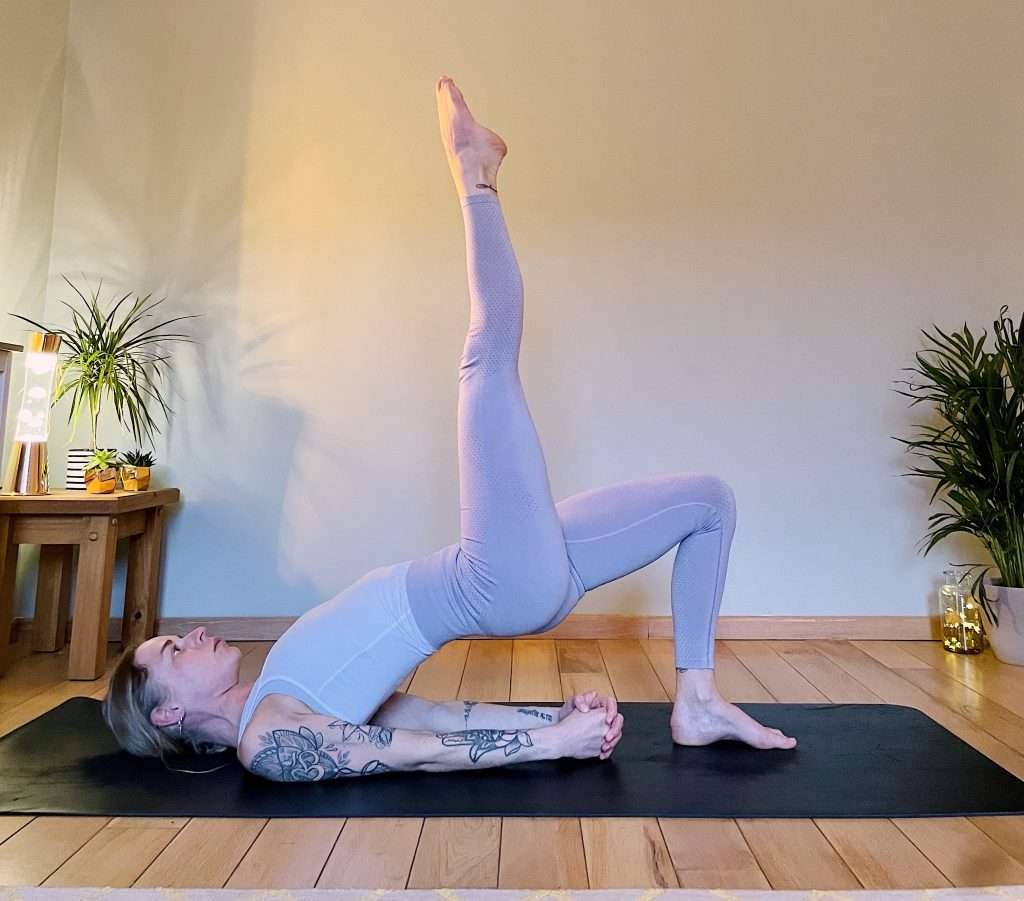
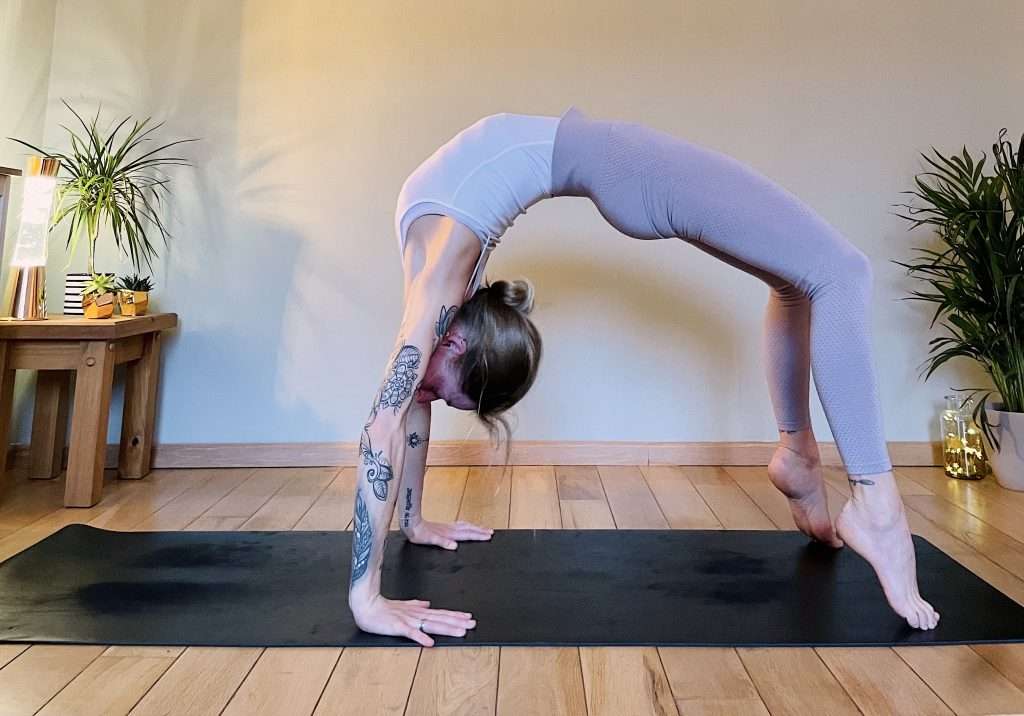
As you plan your class, it is helpful to consider the poses that might require modifications, or have other variations, and plan these into your flow and cues.
Little tip: Practice different variations and modifications of the poses you will teach, so that you know what they feel like and how to best cue students ‘into’ the pose.
Download your free Vinyasa Yoga Sequencing Workbook, where you can easily plan in what props and modifications you will need!
Mistake #3: Ignoring Proper Alignment
Proper alignment is key to avoiding injuries and ensuring that your students get the most out of their practice. Make sure that you cue alignment cues throughout the class, and offer adjustments to help students find proper alignment.
Little tip: Consider scripting your classes and cues with bullet points and adding at least three alignment cues for each pose. Cue your students into the pose and go through the most important alignment points first, before assisting students or coming back to the class intention.
Only teach poses of which you know the alignment and which you practice yourself. If you want to dive deeper into alignment of poses, check out my 1:1 coaching packages where you get individual support and feedback.
Mistake #4: Rushing Through Transitions
The transitions between poses are just as important as the poses themselves. Rushing through transitions can disrupt the flow of the class and make it more difficult for students to follow.
Make sure to give clear cues and allow time for students to transition mindfully between poses. You can also use the transitions as an opportunity to introduce a new pose or focus on a particular theme or intention.
Little tip: This also applies to the breath! Remember to cue each movement with the respective in- or outbreath, especially as you move your students through transitions and between poses. Cueing the breath before each movement gives you time to breath yourself and provides more space for your students to move mindfully.
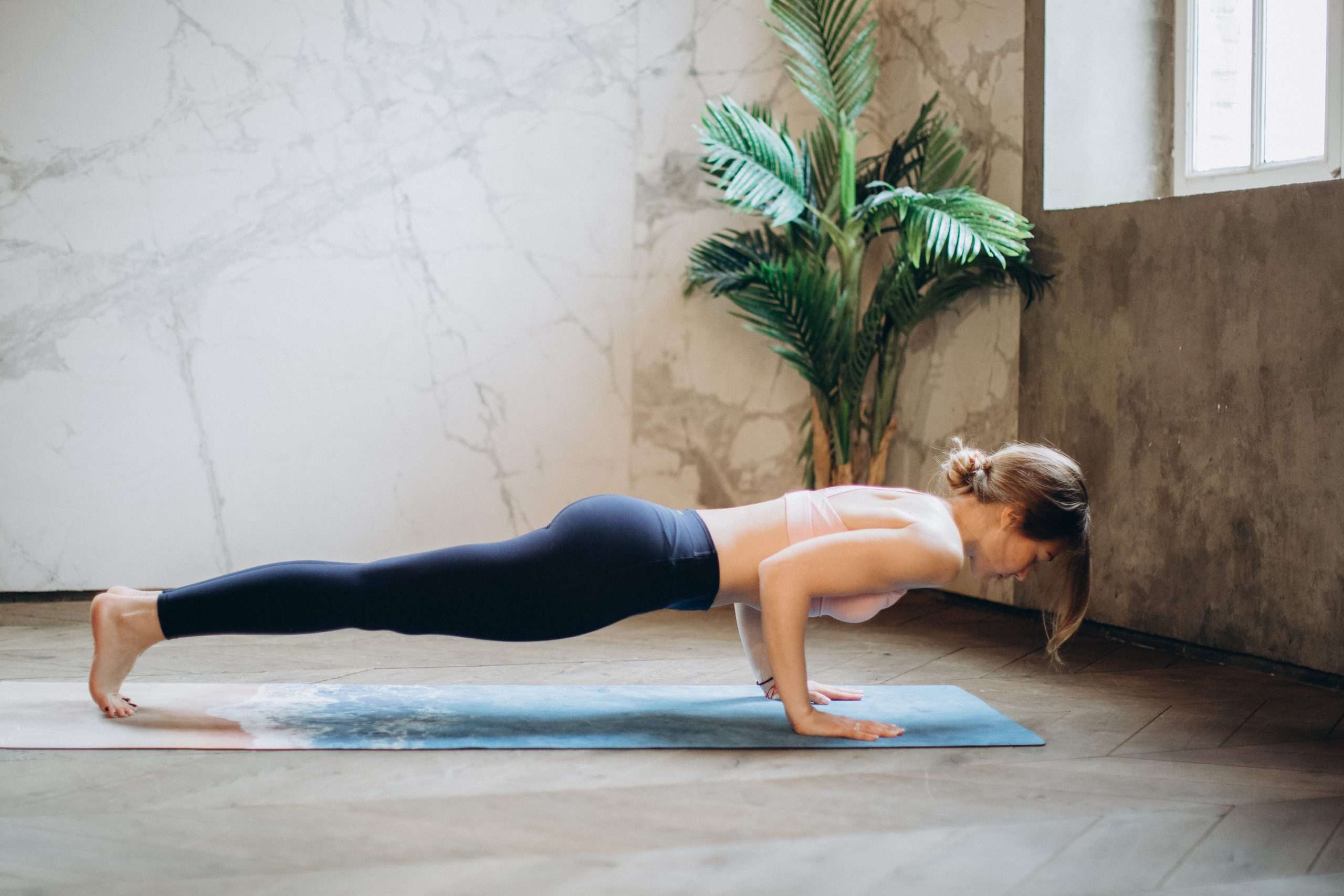

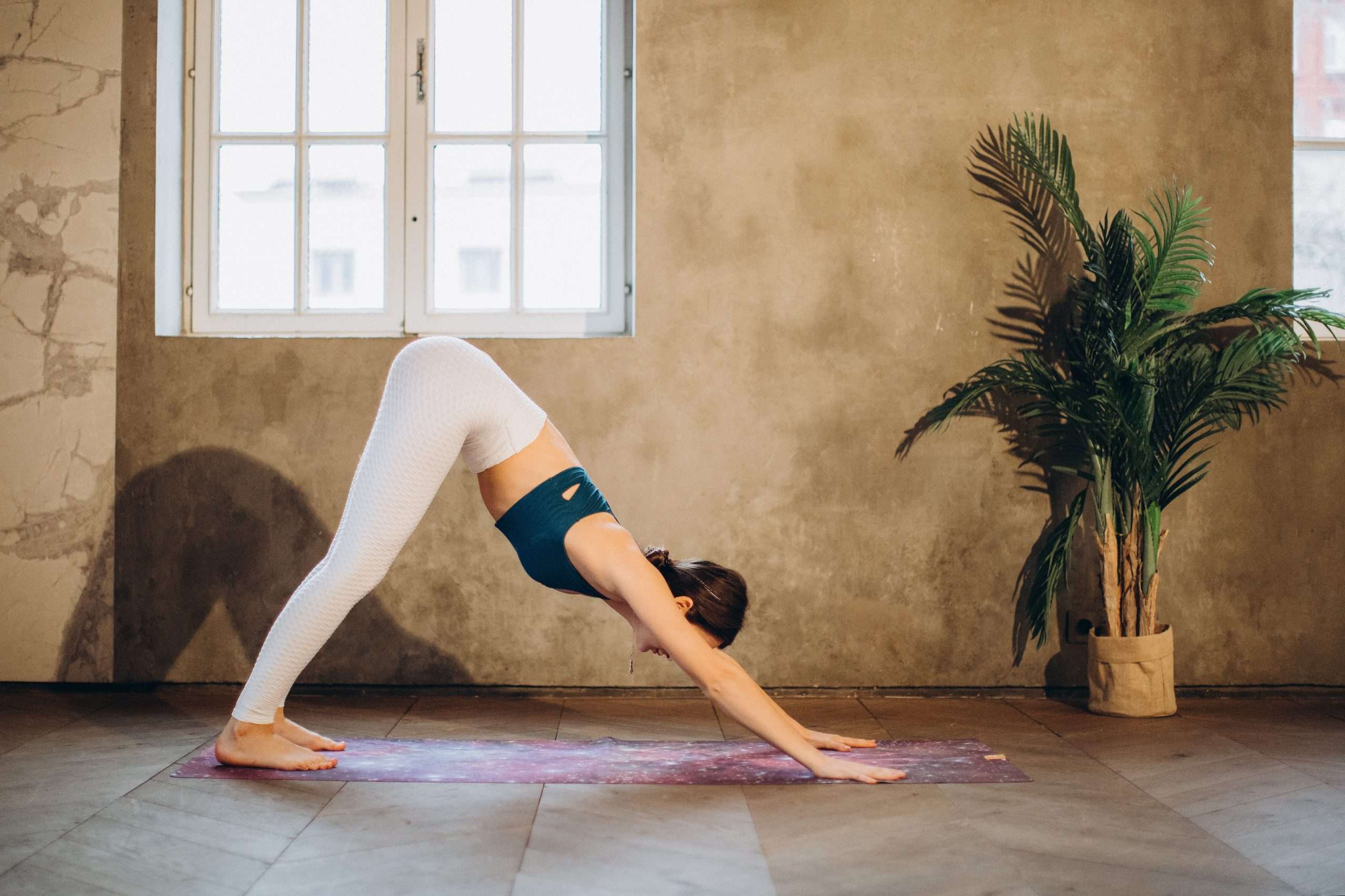
Unsure if your cues are to the point, concise and yet provide sufficient information? In my 1:1 coaching, I can provide direct feedback on your scripts and individual support in getting your cues straight and to the point.
Mistake #5: Neglecting Savasana
Finally, one of the biggest mistakes that yoga teachers make when sequencing their classes is neglecting the cool down section and / or savasana. Savasana is an essential part of the practice and allows students to fully integrate the benefits of their practice.
Make sure to allow enough time for savasana at the end of your class, and offer adjustments or props to help students relax deeply. Encourage students to fully let go and surrender in savasana, and remind them that this is just as important as the physical practice.
In your free Vinyasa Yoga Sequencing Workbook, you get tips on how much time to dedicate to each section of your class. Download your copy and start creating!
Little tip: Savasana is a beautiful opportunity for a guided mindfulness meditation, body scan, or similar. It serves as a reminder for you and your students that yoga is a holistic practice for physical as well as emotional and mental well-being. Savasana allows us to let go, absorb, and surrender.
Want some guidance and support in creating beautiful Savasana scripts or guided meditations? Book a 1:1 coaching session and let’s work on it together.

As we have seen today, sequencing a yoga class takes practice and attention to detail, but by avoiding these 5 common mistakes, you can create a class that is safe, accessible, and enjoyable for all your students.
Keep it simple, offer modifications, cue proper alignment, allow time for mindful transitions, and don’t forget about savasana. With these tips in mind, you can create a class that will leave your students feeling relaxed, rejuvenated, and ready to take on the world.
Ready to step up your Vinyasa yoga sequencing game and get creative? Remember to download your free Vinyasa Yoga Sequencing Workbook and start creating straight away!


